Sebastian D’Souza: The Man Behind Immortal Harmonies
One of the most significant contributions of the Portuguese in India was compulsory music learning in Church Schools. They would not have imagined that this policy will be immensely helpful to composers of Hindi Film Music. Here in Lahore, he became a friend of OP Nayyar. Post-independence he moved to Bombay and got his first assignment with O P Nayyar with film Kaneez’1949 for its background score. When he became an independent composer for Aasmaan’ 1952, Sebastian D’souza became his arranger. This was the beginning of his glorious career of 23 years as a music arranger.
Music Arranger’s job is to execute the vision of the Composer for the particular song. While the system and methods of music arrangement in Hindi films were developed by legendary arranger and musician Anthony Gonsalves, it was brilliantly utilized and taken to next level by Sebastian D’souza.
Sebastian D’souza’s most noteworthy contribution in film music was composing and popularizing the harmonies or counter melodies. He was a musical genius who could compose strings obligatos, fillers, bridges, and cadences with great creativity. Apart from arranging music for films, he also arranged music for eleven tracks of a fusion album Raaga Jazz Style’ 1968 which was composed by Shankar Jaikishan. In this album, he converged the Indian Classical Raaga based melodies with Jazz Music and created fusion music.
Sebastian D’souza was a gifted arranger who worked extensively with leading composers. He always coincided his work with the style of the composer he worked with. He never tried to leave his mark as his identity. It would be very interesting to explore his work through some selected songs that he arranged.
 Ai Mere Dil Kahin Aur Chal… Daag’ 1952
Ai Mere Dil Kahin Aur Chal… Daag’ 1952
Sebastian D’souza’s first film as an arranger with Shankar Jaikishan was Daag’ 1952. He designed a beautiful counter melody in this song which was played on Harmonium by V. Bulsara. This countermelody is considered a benchmark among musicians today. Apart from it, the strings obligate and fillers on Mandolin are also designed in perfect harmony to the main melody.
Pyar Hua Iqraar Hua Hai… Shree 420’ 1955
Shankar-Jaikishan gained immense success as a composer and Sebastian D’souza’s contribution in it was critical. This iconic song can be used as a case study for the Strings or Violins obligatos. The entire composition is having rich background Violin’s harmony which runs alongside the vocals and creates a magical impact with its melodic complements.
Mud Mud Ke Na Dekh… Shree 420’ 1955
‘Mud Mud Ke Na Dekh’ is perhaps one of the earliest compositions which showed what an arranger could do to enrich the melody. An ever-enchanting melody of Shankar-Jaikishan was perfectly decorated with brilliant music by Sebastian D’ouza. Song begins with Waltz beats and once the tempo picks up, it seamlessly transitions to 4/4 beats. An amazing convergence of two different rhythms in one song. Also, the music piece which catapults the tempo of the song from slow waltz dance to a pacy foot tapper is another piece of art. Typically this kind of piece is composed with brass instruments ensemble due to their loud sound timber but in the mid-’50s except for Trumpets and Saxophone, other brass instruments were not much used in film music. Sebastian D’souza had built the sound mix with Trumpets, Clarinet, Accordion, and Violins. It had a magnanimous impact on changing the whole mood of the song.
Babuji Dheere Chalna… Aar Paar’ 1954
 Can anyone imagine this song without its Accordion pieces? The answer is No. That’s the testimony of Sebastian D’souza’s creativity. He beautifully created fillers, bridges, and even interlude music pieces on Accordion and woven so seamlessly with O P Nayyar’s immortal melody.
Can anyone imagine this song without its Accordion pieces? The answer is No. That’s the testimony of Sebastian D’souza’s creativity. He beautifully created fillers, bridges, and even interlude music pieces on Accordion and woven so seamlessly with O P Nayyar’s immortal melody.
Banda Parvar… Phir Wohi Dil Laya Hun’ 1963
O P Nayyar has publicly acknowledged the contribution of Sebastian D’souza in his work. This song is a perfect example of how Sebastian could arrange the music keeping in view the style of the composer. Since O P Nayyar was fond of using Sarangi in his songs, Sebastian harmonized the Sarangi’s thin sound with bass sound of Cello and the results was outstanding. Also, the clip-clop Tonga beats were supported with Contra Bass so that it can be a solid supporting rhythm sound. Since O P Nayyar never liked to harmonize his Strings or Violins in multiple octaves, Sebastian kept the single tone of the entire Strings section and still beautifully managed to keep it soothing to ears. A classic sound design example.
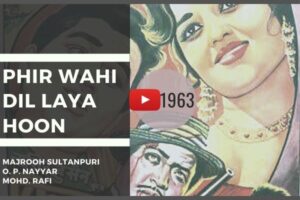 Yeh Hai Reshmi… Mere Sanam’ 1965
Yeh Hai Reshmi… Mere Sanam’ 1965
Any music listener or O P Nayyar fan would never deny the magic of those Accordion counters playing in the background of the intoxicating singing of Asha Bhosle. This countermelody was the creativity of Sebastian D’souza. Apart from the counters, the classic Rhythm Guitar scores and Saxophone Solo were other noteworthy highlights of this song that enhanced its beauty.
Sebastian D’souza arranged for over 1000 plus songs in around 125 films. His harmony patterns and scores have remained a handy reference for musicians, arrangers, and composers. He left the film industry in 1975 and settled in his native in Goa where he peacefully passed in 1996 leaving behind a rich legacy of his music.
Richness in Music: He is largely responsible for changing the entire harmonic structure of the Hindi film song to create an extremely listenable full body of sound behind the voice of the singer.


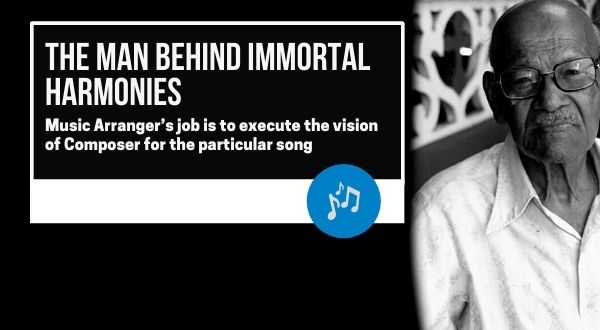
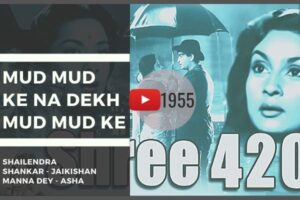

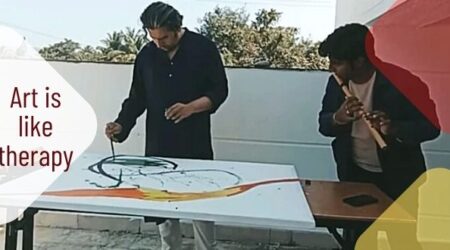



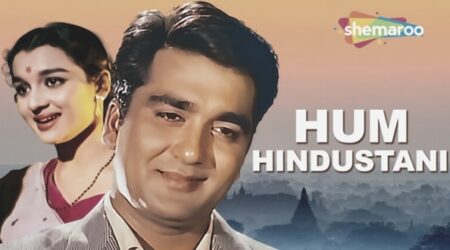


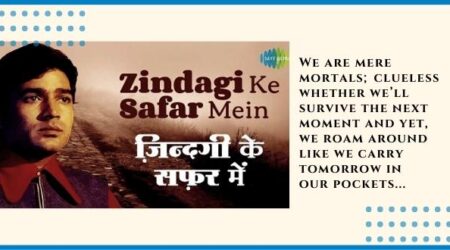


Comments (2)
कुनालजी आपका बहुत धन्यवाद। Sabistian
D’Souza के बारे में इतनी गहराइयों से आपने
हमें बताया है। फिर से आपका धन्यवाद।
Good introduction to the craft of music arrangers. Film music lovers were only aware of music directors. Role of music arrangers like late Mr Sabastian Desiuza only became known after they were dead!
Love to read more about use of counter melodies by him and other arrangers.